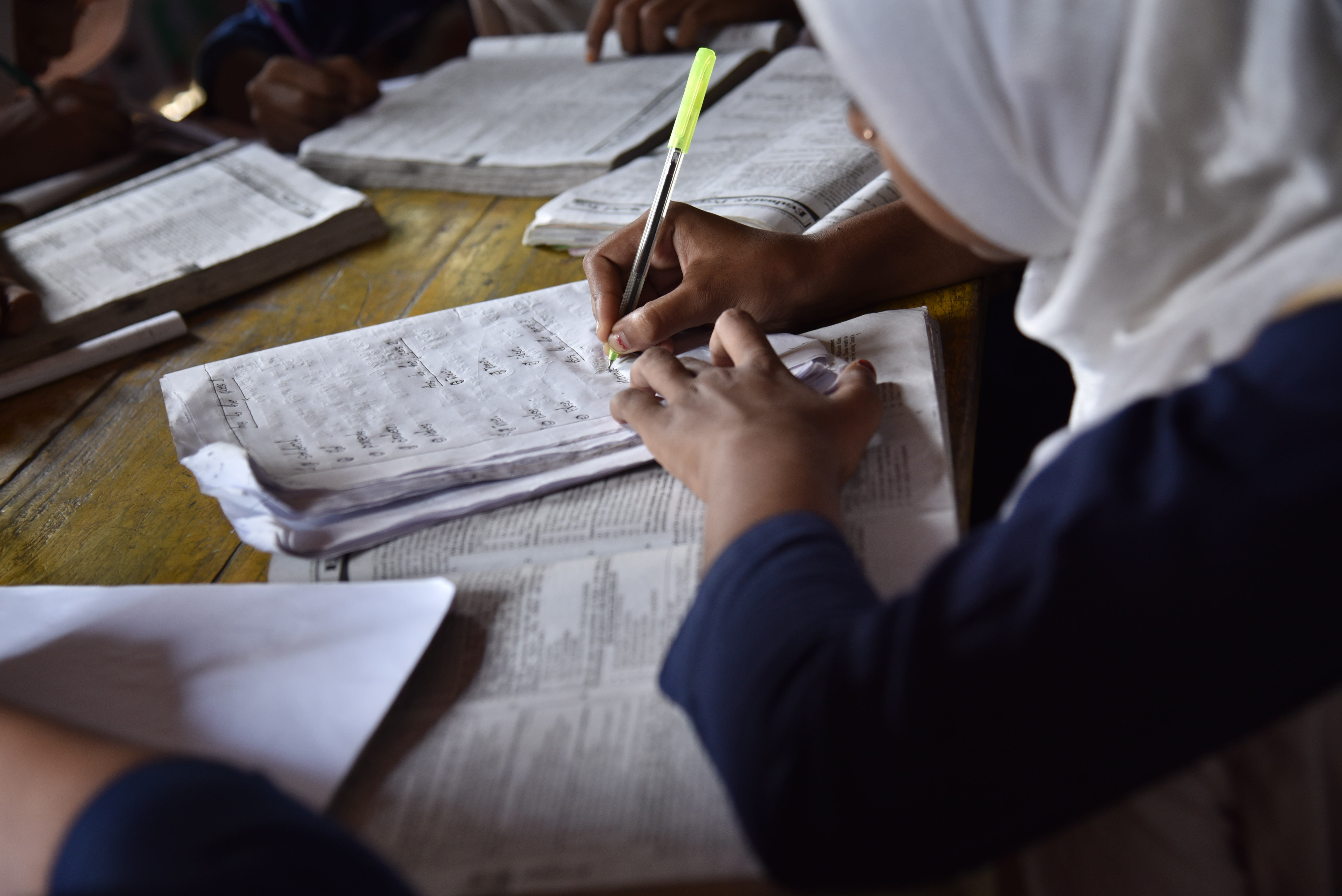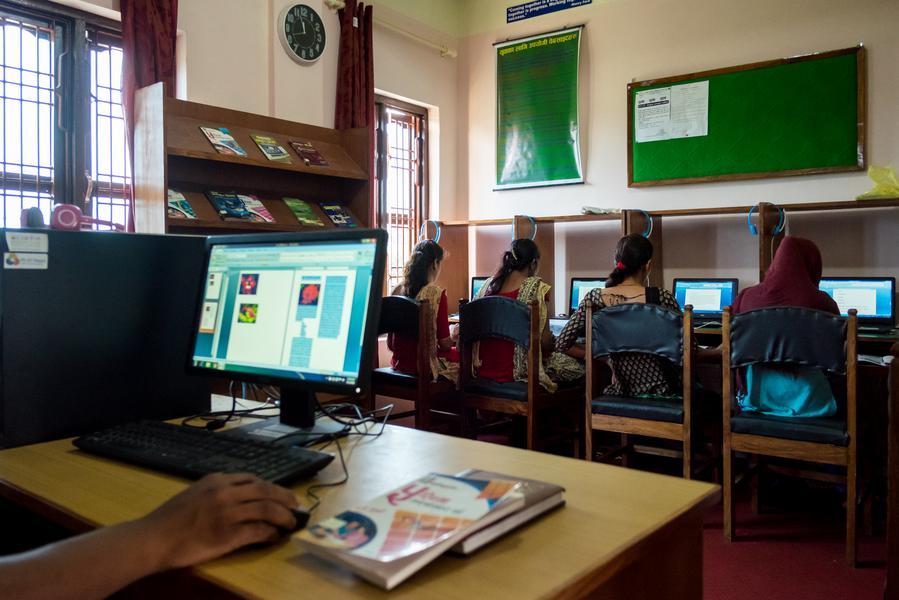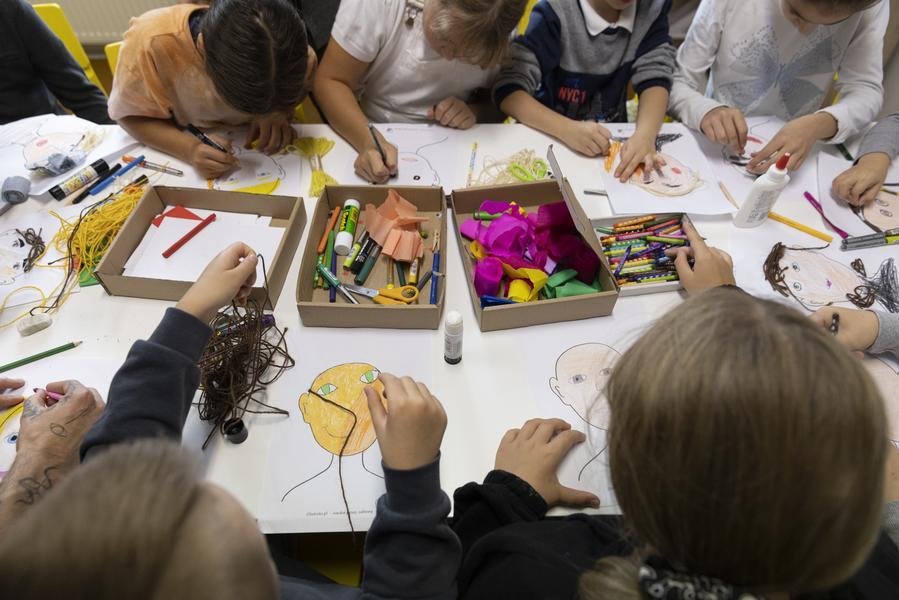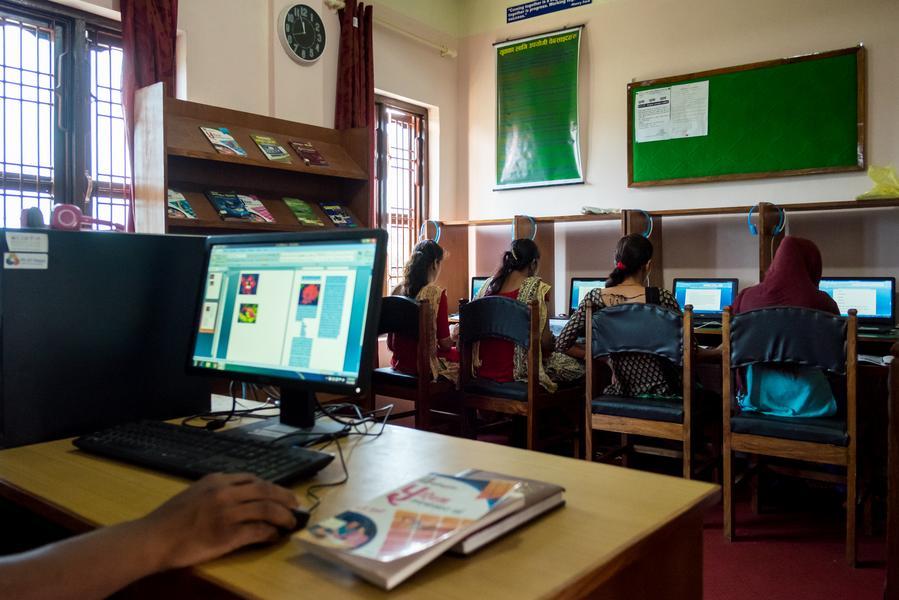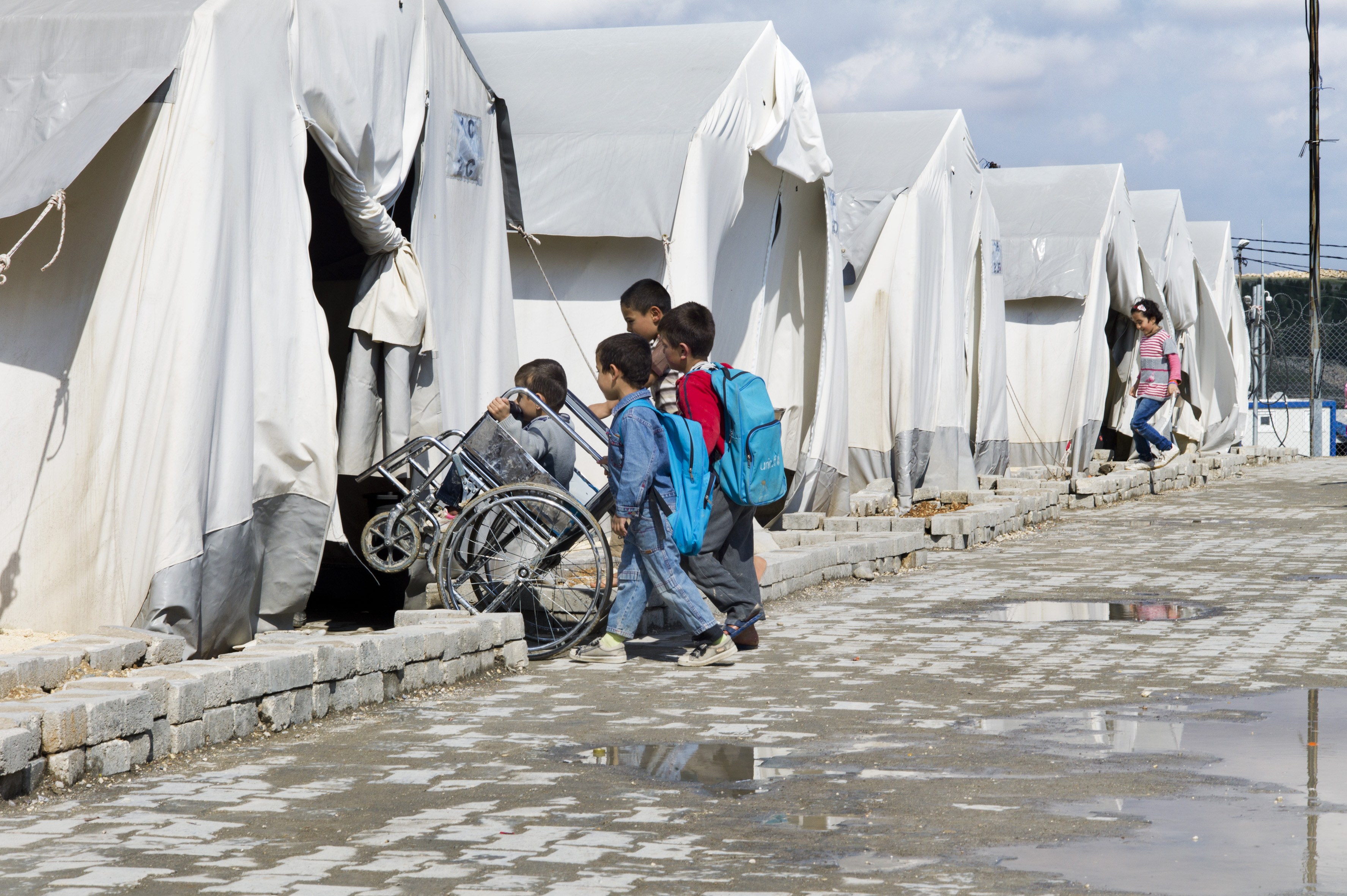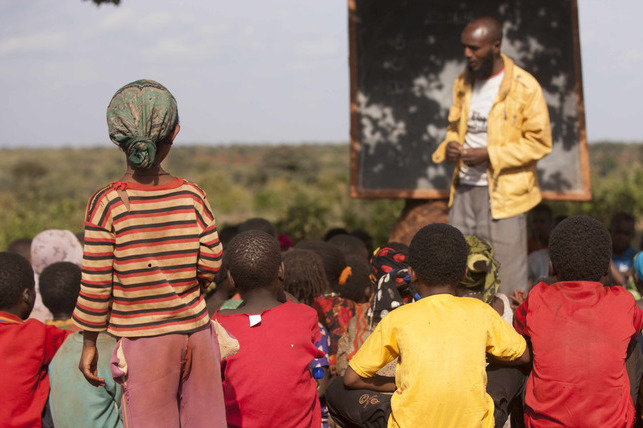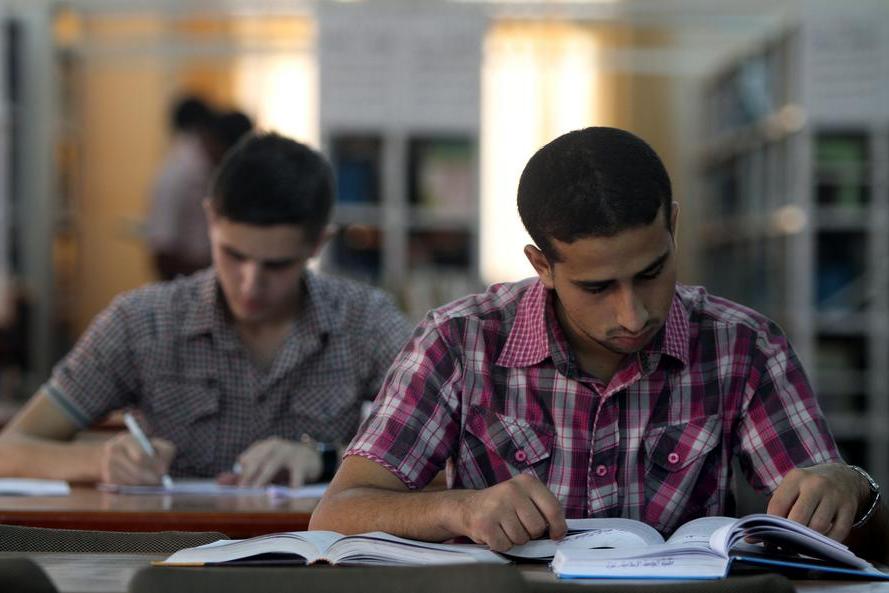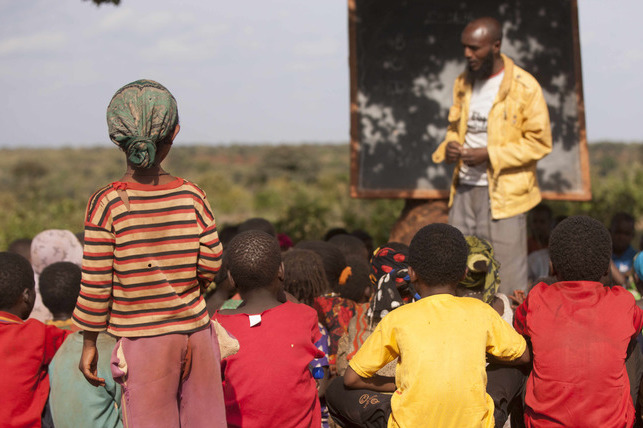Context
A decade ago, Bangladesh's secondary education system encountered major obstacles, particularly in catering to the needs of impoverished children. Despite initiatives aimed at increasing educational access, many underprivileged children were still left out of the secondary school system. This issue was particularly severe for poor boys, who faced growing marginalization.
Furthermore, the institutional capacity was insufficient, even after various capacity-building efforts. The Ministry of Education (MoE) needed to enhance its management, coordination, and implementation capabilities at the central and regional levels, an issue compounded by frequent staff turnover. At the school level, it was essential to bolster the capacity to improve the effectiveness of interventions and ensure better transparency and accountability. These difficulties highlighted the necessity for targeted interventions and persistent efforts to strengthen institutional capacity, correct gender imbalances, and guarantee that every child, irrespective of their economic background, could access quality secondary education.
Solution
The Secondary Education Quality and Access Enhancement Project (SEQAEP) in Bangladesh aimed to enhance the quality of secondary education, systematically monitor learning outcomes, and increase access and equity in designated upazilas. With financial support from the International Development Association (IDA) amounting to $130.7 million, the Government of Bangladesh implemented SEQAEP in 122 upazilas (sub-districts). The project, approved in July 2008, became operational in September 2008 and concluded on June 30, 2014
Impact
The Secondary Education Quality and Access Enhancement Project (SEQAEP) demonstrated notable progress in several areas. Two of the six Key Performance Indicators (KPIs) had already exceeded their end-of-project targets, while three were on track to meet their goals by the project's conclusion. Despite the significant physical and financial advancements reported, a Mid-Term Review (MTR) conducted in July 2011 highlighted several concerns. The review noted that while there was substantial progress, overall implementation was rated as moderately unsatisfactory. This downgrade was attributed to unresolved critical project management, procurement, and financial management issues that needed further attention.



